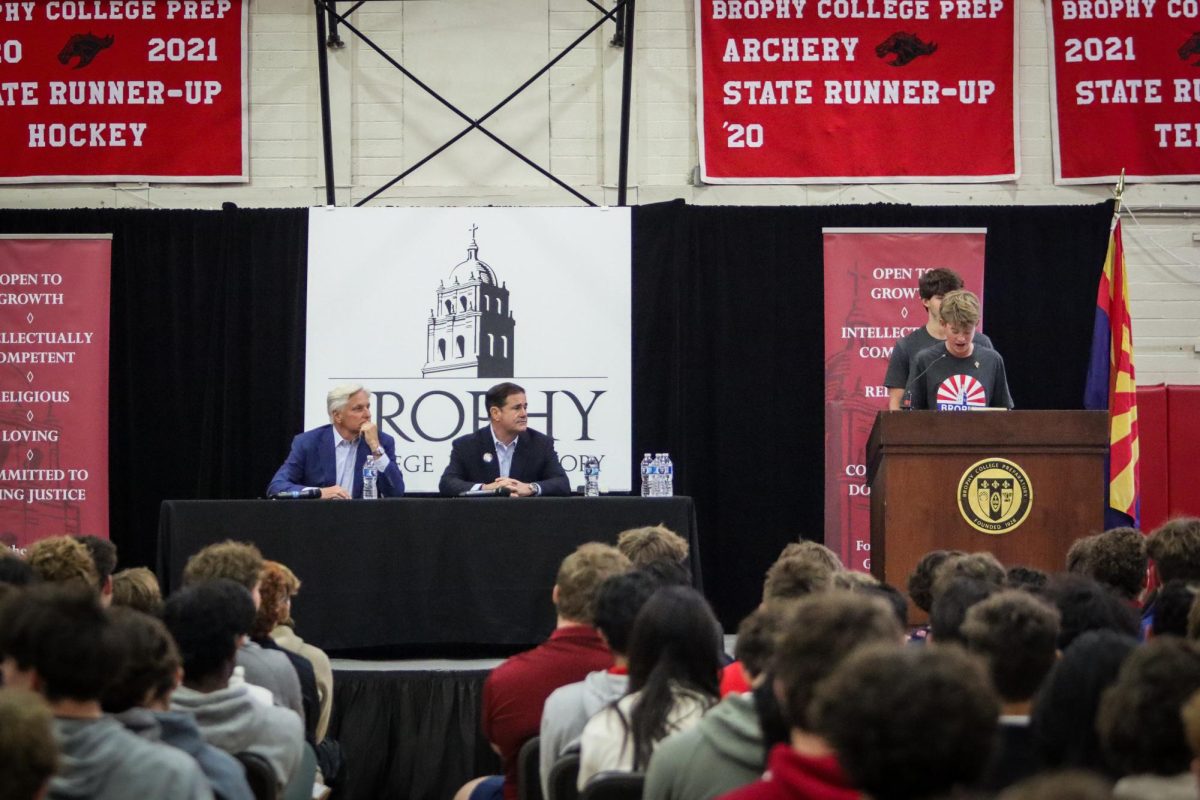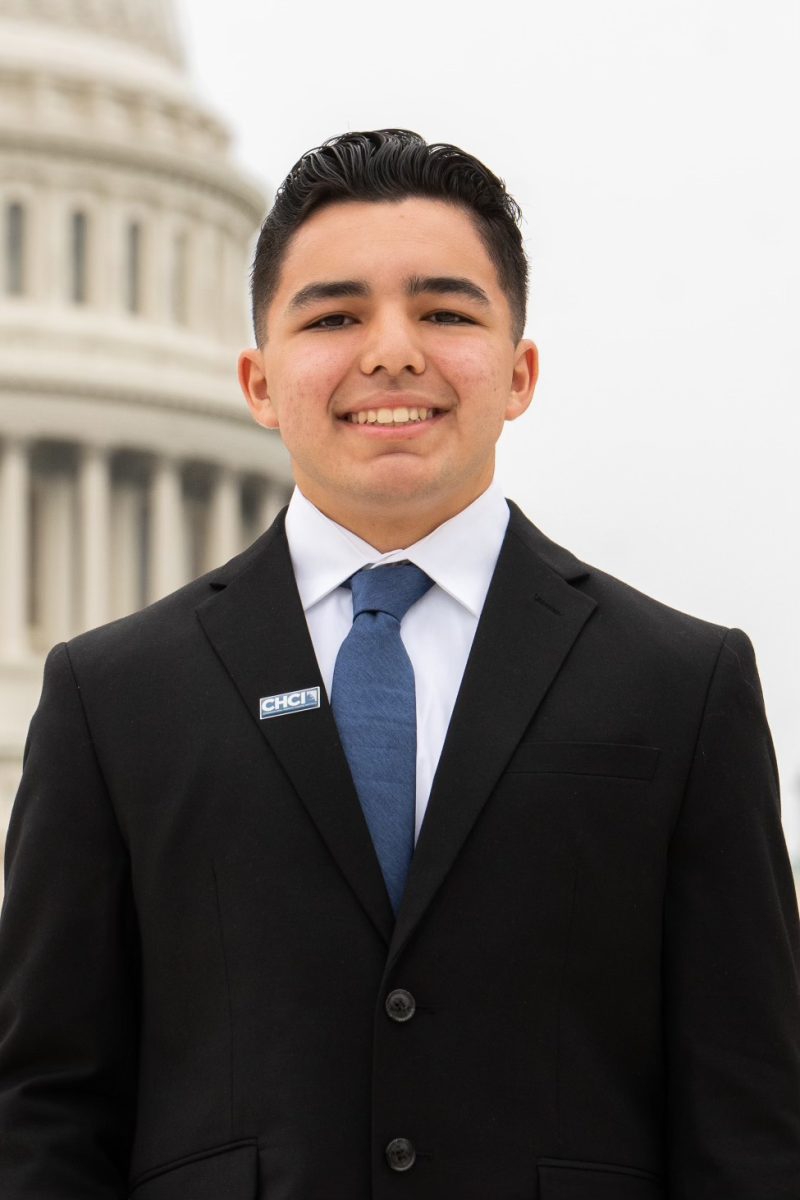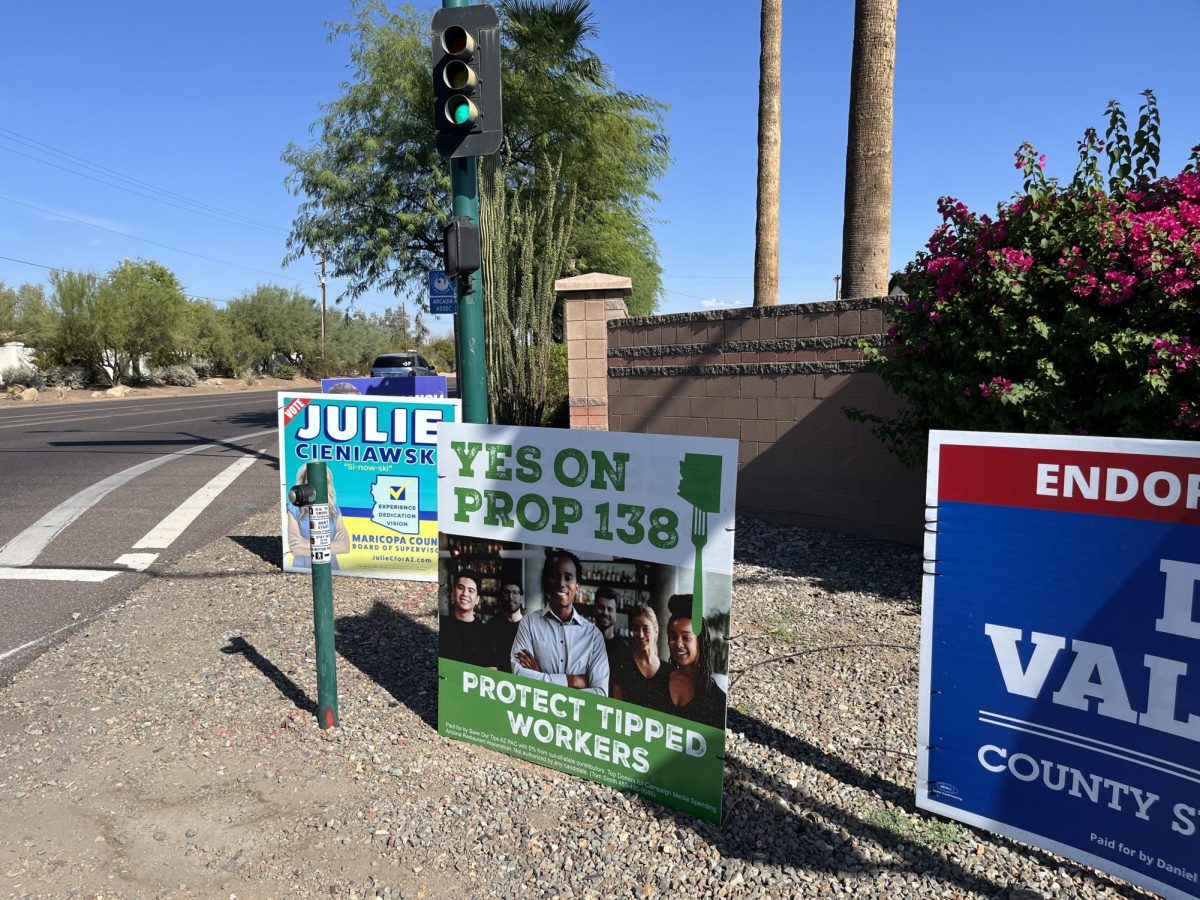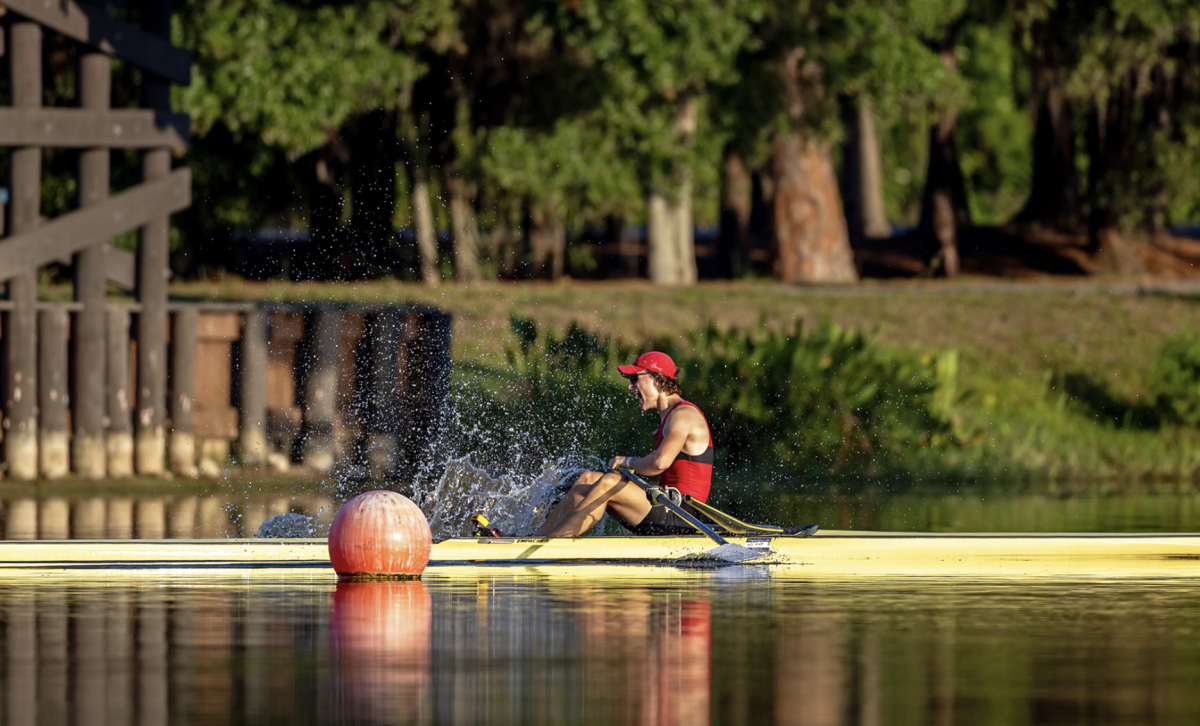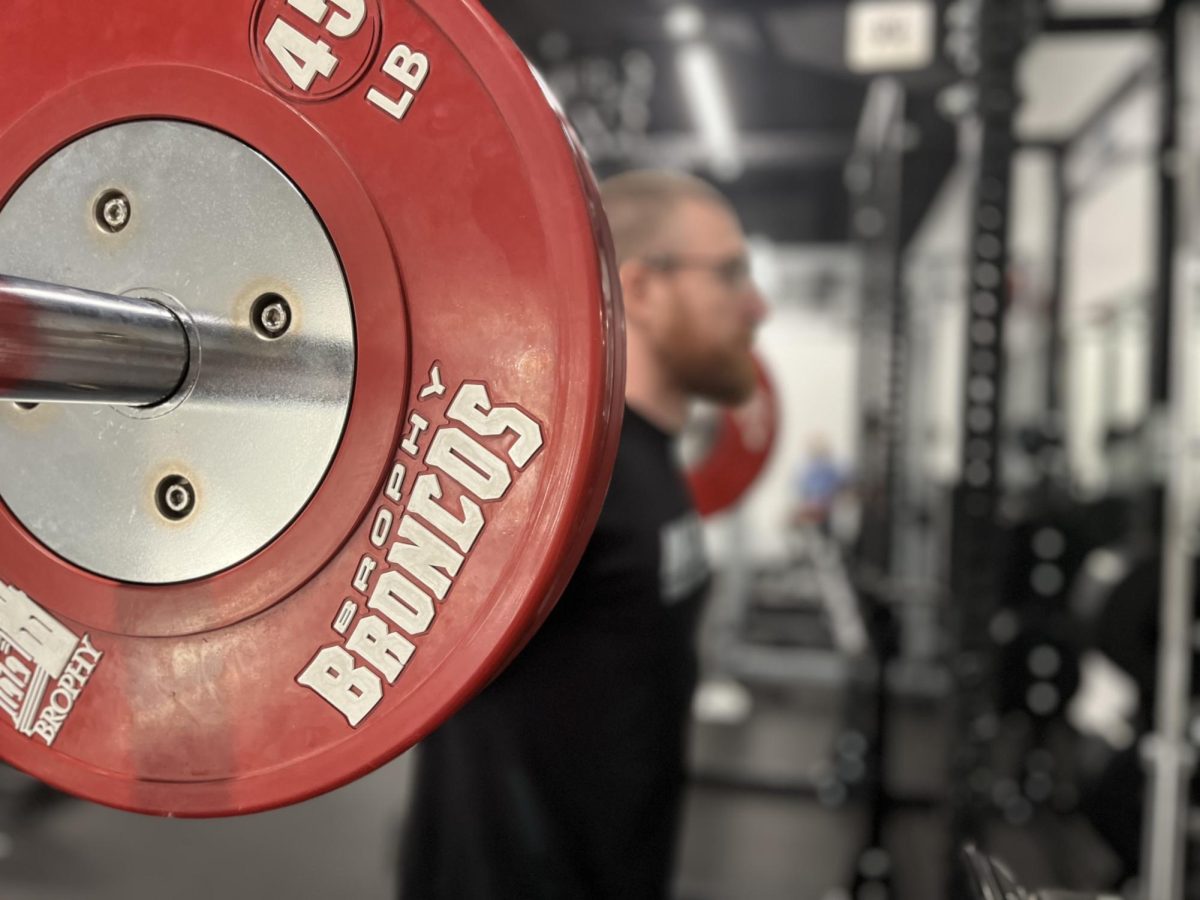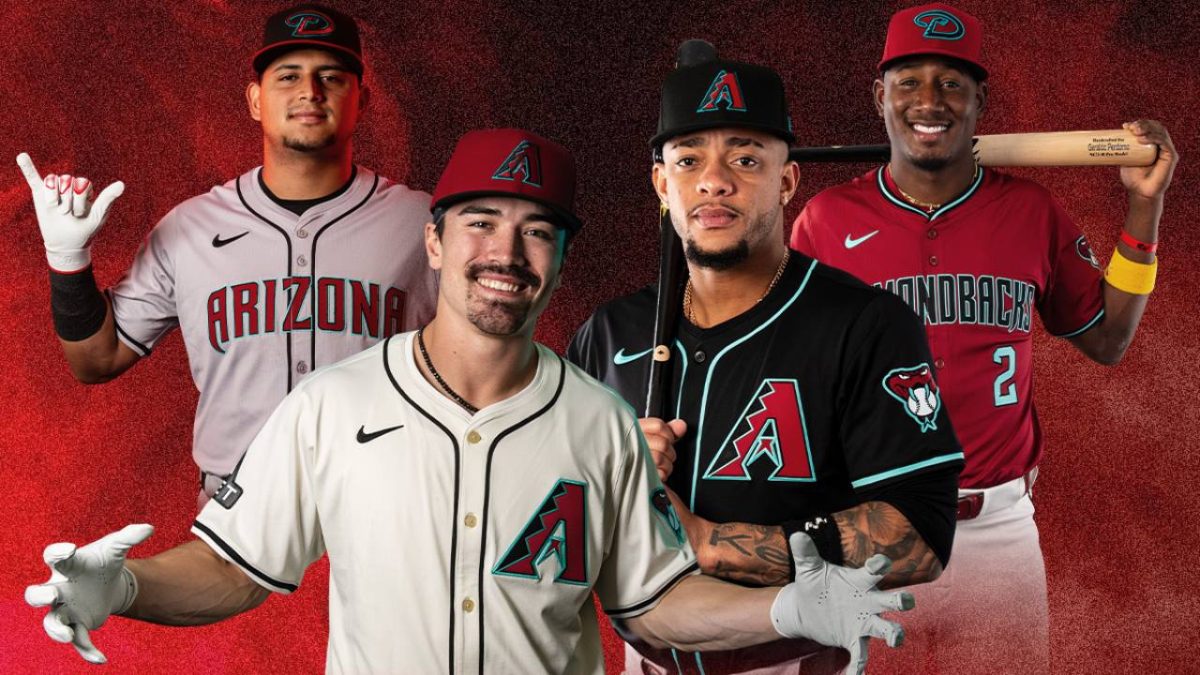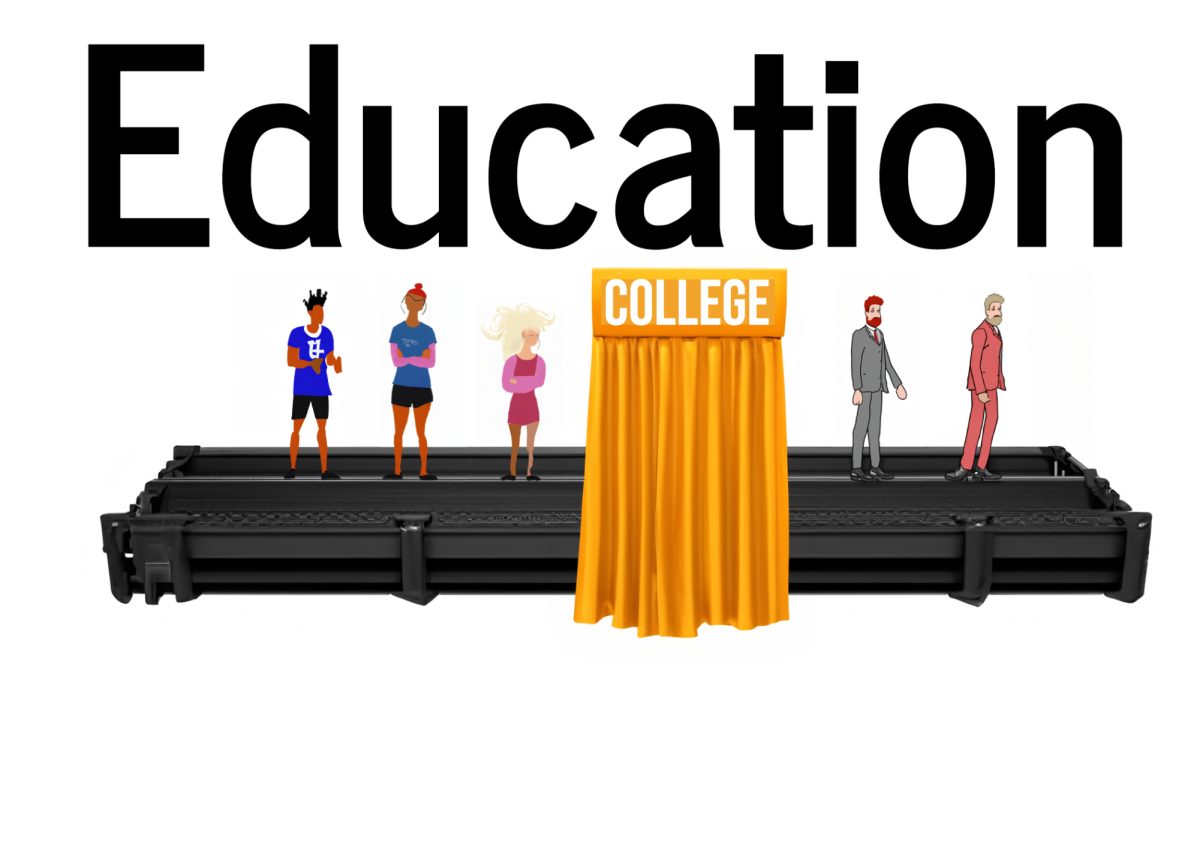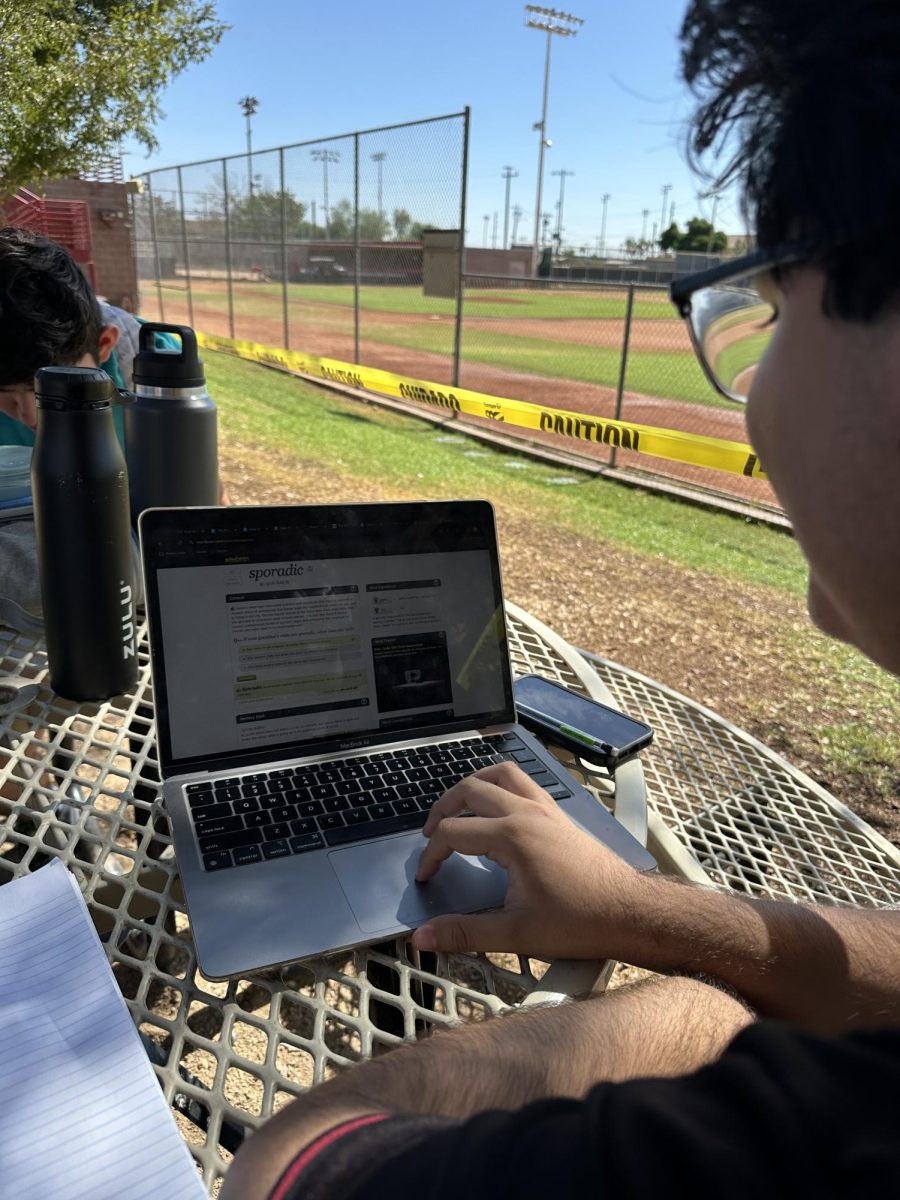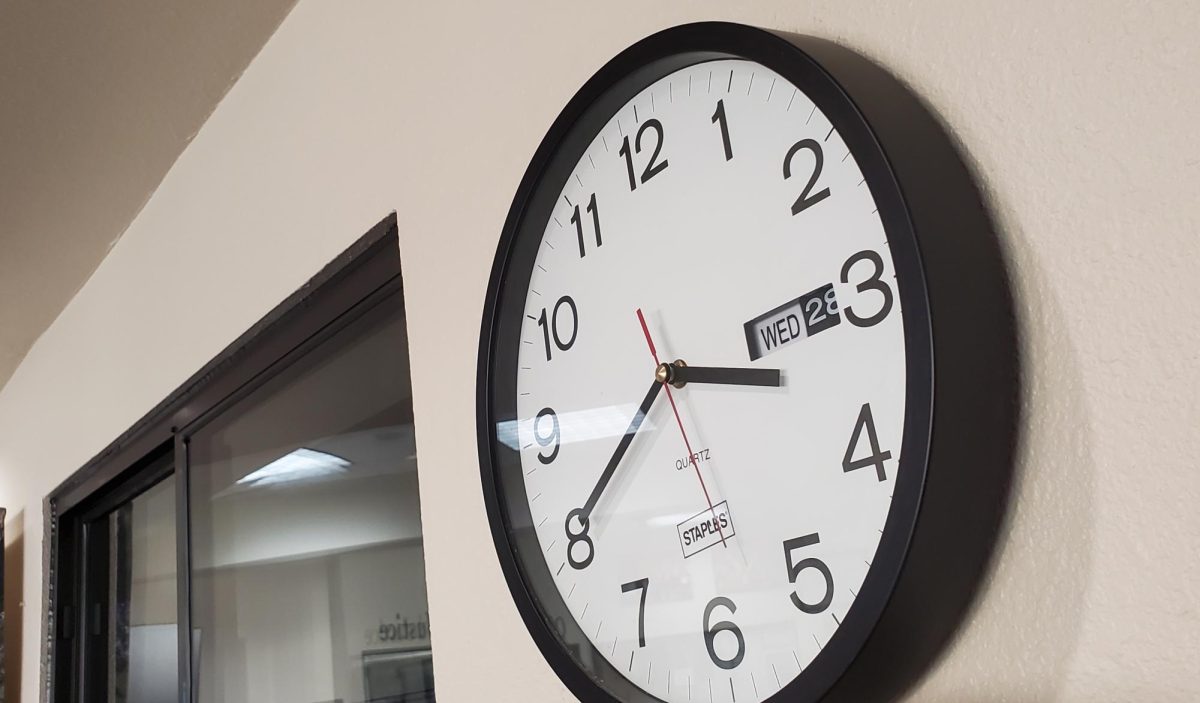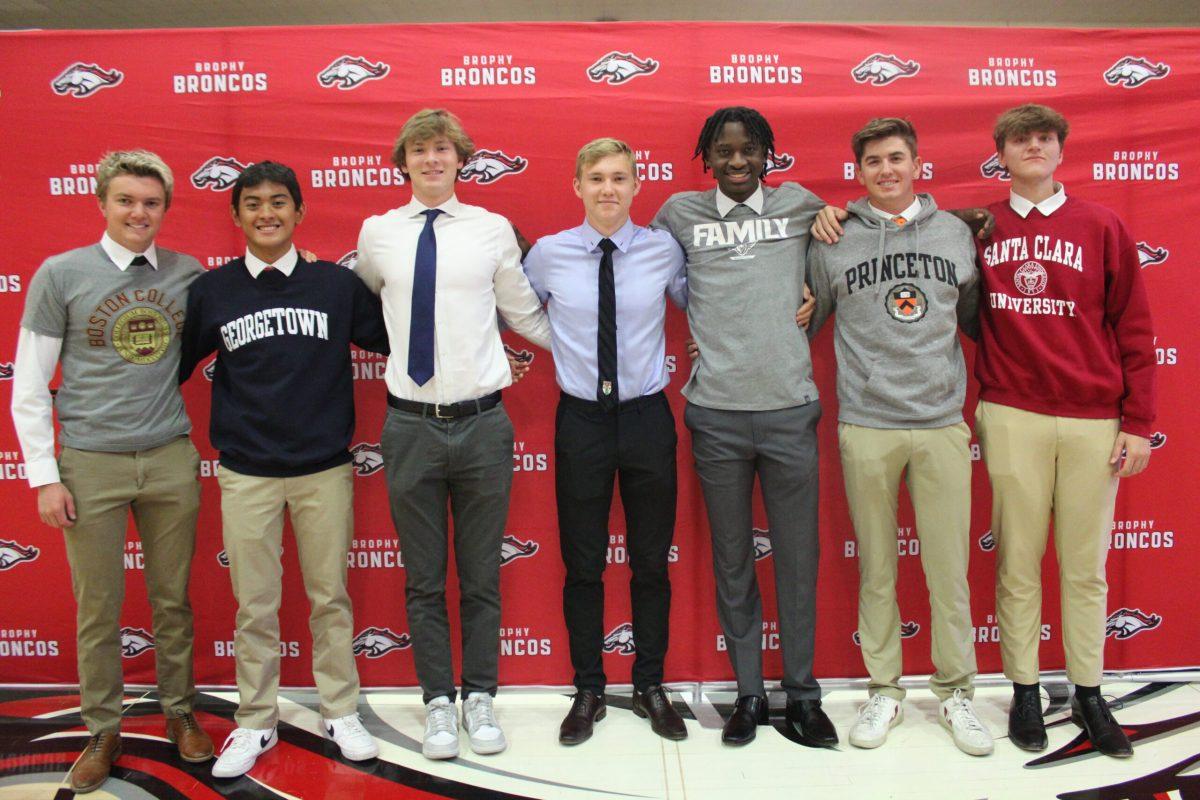Photo courtesy of Mr. Steve Shaff
High school athletics often provide the biggest stage that many athletes will ever compete on, but for the best of the best, varsity competition is merely a stepping stone into the world of college sports.
In recent years, the college level of athletics has become even more competitive, causing schools to begin looking for their future talent in younger players. While it used to be rare to see an underclassman already committed, it’s now commonplace for freshmen and sophomores to see a copious amount of offers in only their first few seasons of high school sports.
Freshman multi-sport athlete Daylen Sharper ’26 is a perfect example of this phenomenon, but he also goes to show that the pattern isn’t as straightforward as you may think. Though he started on varsity basketball this season and played junior varsity football, he’s received two football offers from Arizona State and Oregon but none yet for basketball.
“Football is easier because there’s more options. If I get recruited for wide receiver and there are too many wide receivers, they might move me to safety or cornerback so there’s just more positions. Basketball is really small, there’s only five people on the court, so it’s harder for basketball than football,” said Sharper ’26.
Regardless, these earlier offers can serve well for both the university and the athlete.
“I feel like it’s helpful since it gives me confidence and makes me work harder,” Sharper ’26 said.
The only party who doesn’t benefit from these early-term offers seems to be the high school program. The opportunity of recruitment can give players an ulterior selfish motive to perform well individually instead of play for the success of their team.
“Everybody just wants offers they don’t really care,” Sharper ’26 said. “They play for themselves most of the time. For football you can see it sometimes in a quarterback or a linebacker but in basketball you can see it the most when people are taking long shots or treating their teammates bad.”
Jack Lafflam ’25 had a slightly different experience with the recruiting process.
After receiving offers from both the University of Arizona and Arizona State University, the pitching phenom verbally committed to the University of Arizona during his sophomore year.
However, a new regulation that was recently put into effect has essentially barred other athletes from doing what Lafflam ’26 did.
“If you’re younger than a junior, [college recruiters] can’t directly contact you. They have to go through your coach,” said Lafflam ’26. “I can’t even contact my coaches right now until August of my junior year.”
Unlike basketball though, he didn’t notice offers creating incentives for players to play selfishly in baseball. “We just play the game. We don’t care who’s in the stands or who’s watching,” Lafflam ’26 said.
With the novelty of this new regulation in the midst of changing standards, it could create new implications in the world of college recruiting for the foreseeable future.

